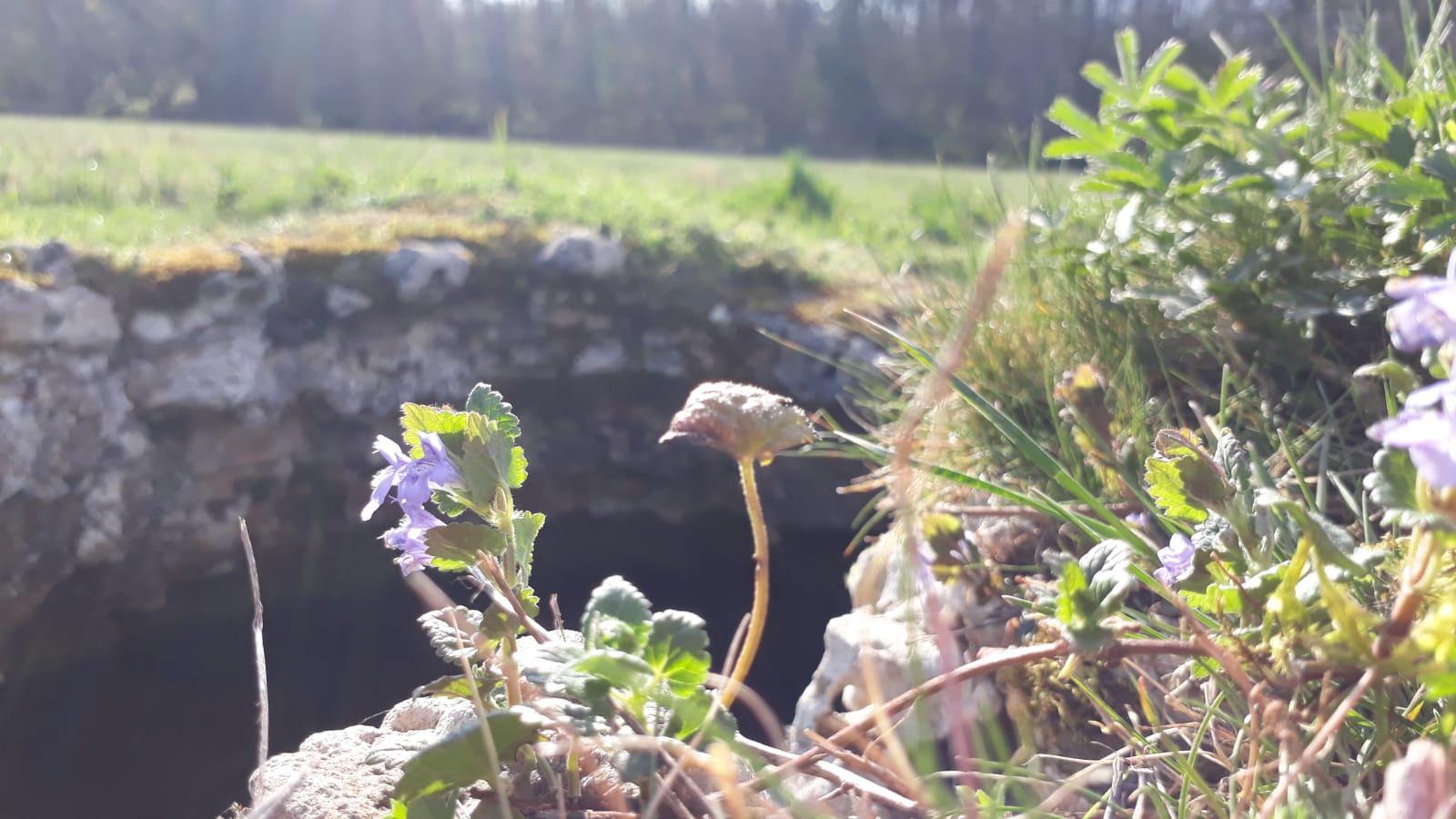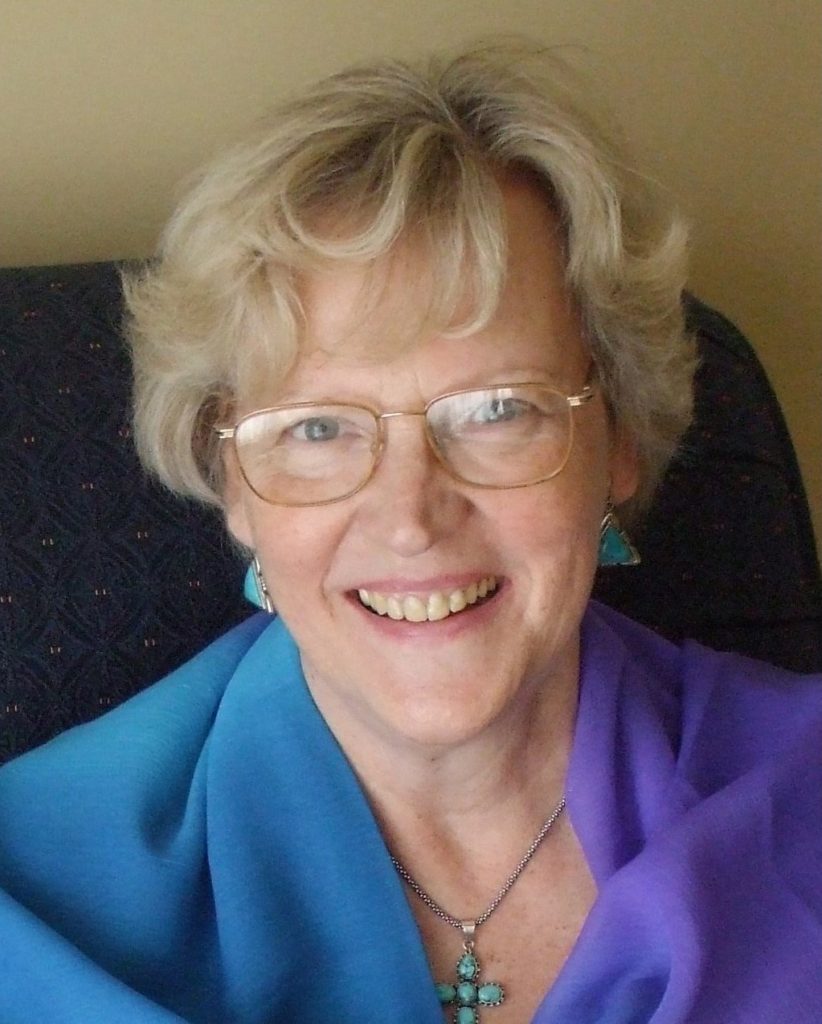As we have seen the result of the Emperor Constantine making Christianity the Church of the Empire in the period between 313- 325 was that many Christians withdrew into the desert to revert to a purer and simpler way of following Jesus. In addition, by writing The Life of Antony in Coptic (357) Athanasius, Bishop of Alexandria (327 to 373), played an important role in encouraging Coptic Christians to move to the desert. (The name Copt is derived from the Greek word ‘Aiguptous’ meaning Egyptian.) Athanasius writes: “Antony’s words persuaded many to take up the solitary life. And so, from then on, there were monasteries in the mountains and the desert was made a city by monks.” The term ‘monasteries’ really only meant a collection of dwellings. The Greek ‘mone’ meant dwelling or lodge. Then the more educated, who were very influenced by Origen, joined these early Coptic and other Christians, including Evagrius and Cassian.
The influence of The Life of Antony was very significant, but Antony did not invent the ascetical life, but learnt it from recluses he visited at the beginning of his journey. The persecutions, the demands for Roman taxes and avoidance of conscription had driven many already into the desert. According to tradition the first Christian anchorite was actually Paul of Thebes, who moved to the desert during the persecutions under the Emperor Decius in the early 3rd century. There is a story of Antony visiting Paul of Thebes. A raven used to bring Paul his bread daily. On the day that Antony visited, the raven took enough for two people!
Athanasius had a stormy career as Bishop of Alexandria. He was deposed and reinstated several times during the period 327 to 373, as he was heavily embroiled in Church politics. Christian dogma was the product of passionate and often acrimonious inter-Christian debates and arguments during the time leading up to the Council of Nicaea (324) and in the decades that followed. Athanasius played a significant role in the Council, where Constantine put his stamp of approval on the simple literal form of Christianity Athanasius, amongst others, preached, which was increasingly becoming the mainstream in the now official Church of the Empire. Athanasius presents the hermetical life in The Life of Antony therefore as one of repentance and as a battle with the demons, the forces of evil; in his view humanity was basically sinful. By this ‘warfare’ the soul may be prepared for God’s intervention of grace through Christ. In that way Athanasius appealed to the simple uneducated Christians.
It is interesting to see, however, how similar the thoughts of Antony are to those of the Origenist monks, when we look at his Letters rather than The Life of Antony. There we have clear indications that he was not only familiar with the Greek language and thought, but also even accepted some of Origen’s ideas. He stressed, for instance, the importance of knowing ourselves as essentially good, not sinful; he encouraged his readers to keep in mind that they were created in the image of God and therefore could rely on God’s grace. He laid stress on insights coming from reading the Scriptures – the meeting place with Christ – that would lead to transformation in preparation for the coming of God’s grace; moreover, he saw asceticism as a way of restoring the body to its natural state rather than punishing it for its sins and escaping from it.
By the end of the fourth century there were 30,000 men and women living in the deserts of Lower and Upper Egypt. The famous sites in Lower Egypt were Nitria, Cells and Scetis. Antony himself lived by that time further into the desert.
That there were groups of women as well as men, has often been overlooked; in fact half of the Desert hermits were women. They were in a way braver than their male counterparts in going against social convention; at that time a woman had really no rights and was a chattel of her father and later her husband. Some were reformed prostitutes; others came from wealthy backgrounds and lived as dedicated virgins in the family grounds. Others were co-ascetics with their husband.
The most well-known were Amma Syncletica and Amma Theodora. Amma Syncletica was a well-educated rich young woman, who with her blind sister moved to the family tomb outside Alexandria to consecrate her life to God. Amma Theodora was the wife of a tribune who took up the hermetical life and lived in abject poverty. They and other women were very influential and were consulted by many monks. Their life cannot have been very easy, but the Christian leaders of their time supported them: “Woman is in the image of God equally with man. The sexes are of equal worth. Their virtues are equal, their struggles are equal….Would a man be able to compete with a woman who lives her life to the full?” (Gregory of Nyssa).
(Extract from Kim’s Chapter on the Desert Tradition in Journey to the Heart)
Picture: Spring time in Bonnevaux, March 22







